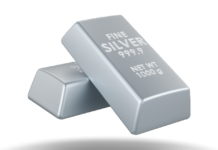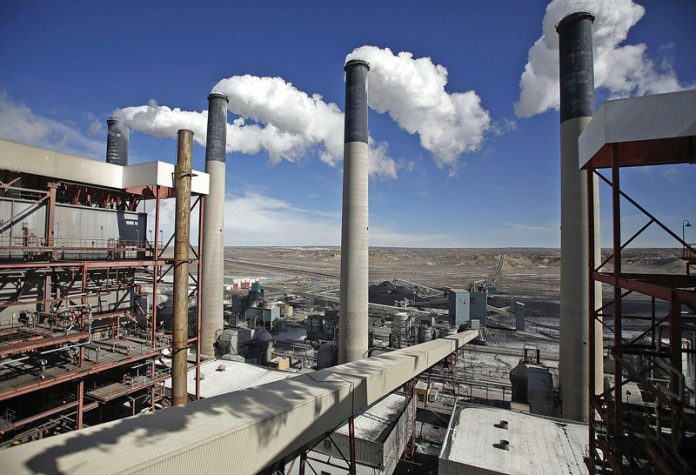ISLAMKOT (THARPARKAR): Revealing some of the unknown facts and breaking a commonly perceived myth, Sindh Engro Coal Mining Company (SECMC) has clarified that the mining project of Thar Coal Block-II will pump out only 0.02 per cent of underground water, which will not at all impact the drinking water sources.
The water being extracted comes from the 2nd and the 3rd aquifers which are at 120 meters and 180 meters below the surface, and not connected to the top aquifer at 55 meters being used by locals for their drinking water purposes, said SECMC Manager Hydrogeology Waqas Abdul Aziz in a statement issued here Friday.
Considering the scale of mining operations and potential of underground water in the region of Thar, only 0.02 per cent of underground water will be pumped out per year from the estimated available water in the region of Thar, he said.
Citing the reasons for dewatering the mine, he said that for smooth mining operations depressurisation of underground water is necessary to reach the depth of coal, which is available at 150 meters. “We need to understand this fact that for mining operations our main target is to depressurise coal seam roof and floor aquifer not to dewater them completely,” he said and explained that the Thar coal region has mainly three underground aquifers available at 55, 120 and 180 meters, respectively.
The first aquifer is the primary source of drinking water for the people of Thar, which is not being dewatered during the mining operations, he said and added that depressurising the water has salinity ranges from 4000 to 5000 ppm. The total groundwater potential for the area of coal deposits 9100 square km is approximately 67 to 73 billion cubic meters, he added.
He was of the view that mining operations at block-II are continuously depressurising 2nd and 3rd aquifer only to reach target coal depth of 180 meters through the network of 27 dewatering wells installed in the periphery of mine in an area of around 1.5 Km in Block-II.
He informed these wells are designed to only target 2nd and 3rd aquifer and ensuring that there is no effect on 1st Aquifer, it is also important to note that there is no vertical connectivity in these three aquifers as they are separated by thick clay layers which bound the water inside the rock formation contacts.
On top of it, he said that the dewatering wells are specifically designed by feeding in clay sealing within the annular space of wells to restrict any mixing of these aquifer waters.
It is pertinent to mention here that the coal mining project has achieved 70 per cent progress and has achieved the depth of 125 meters and just 20 meters away from the first seam of the coal.
























Waqas Aziz confirmed first of all that there was bulk of water in the region and the Thar people could have the facility that was denied because of high level corruption. He should have proposed the government to facilitate the locals have access to safe water so majority could be saved of more than 80% water born diseases.Secondly, he should have told the people of health hazards related with their chimnies pouring high level contamination for the surrounding.
[…] Thar Coal Project, which is a pit mining project by the Sindh Government and the Sindh Engro Coal Mining Company […]